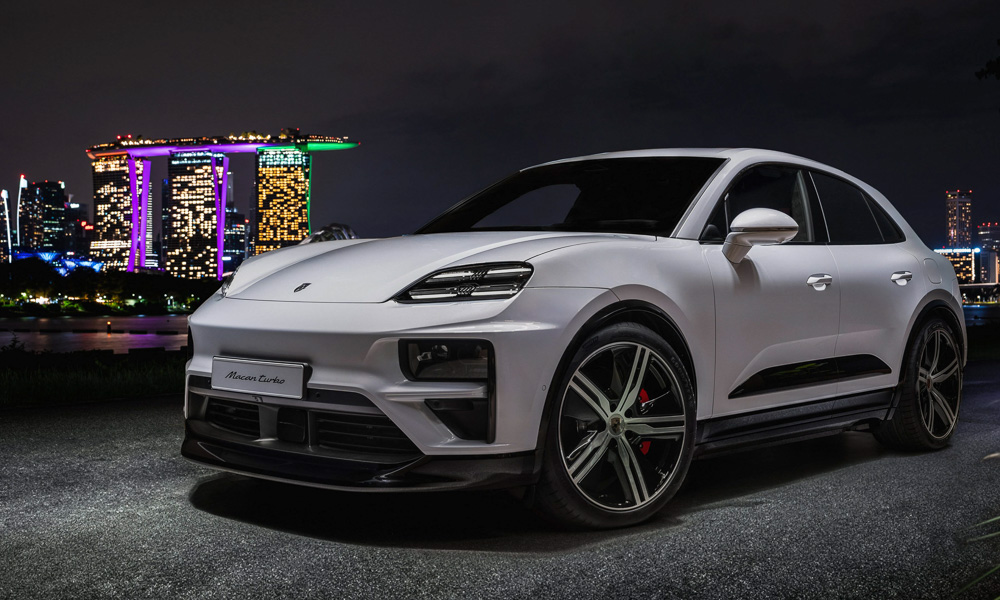
The all-new, second-generation Porsche Macan breaks cover during the Singapore Art Week at Gardens by the Bay Singapore. The venue is significant because Asia is a huge market for Macan, with 60% of sales being accounted for by China and Southeast Asia.
The previous Macan, launched in 2013, sold over 800,000 examples in the last decade. But with an electrified future focused on sustainability, Porsche unveiled its second all-electric vehicle to an excited market.
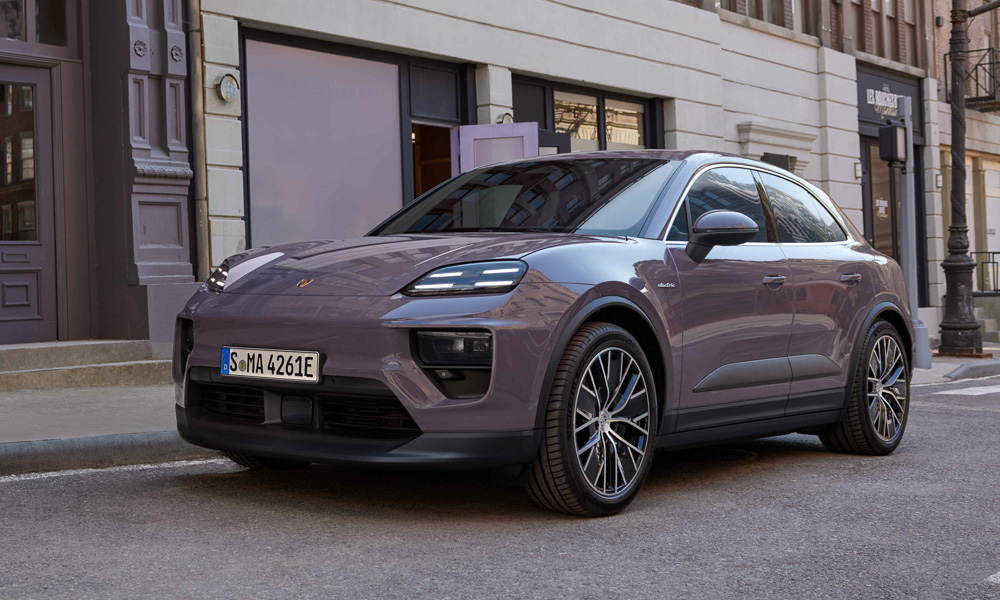
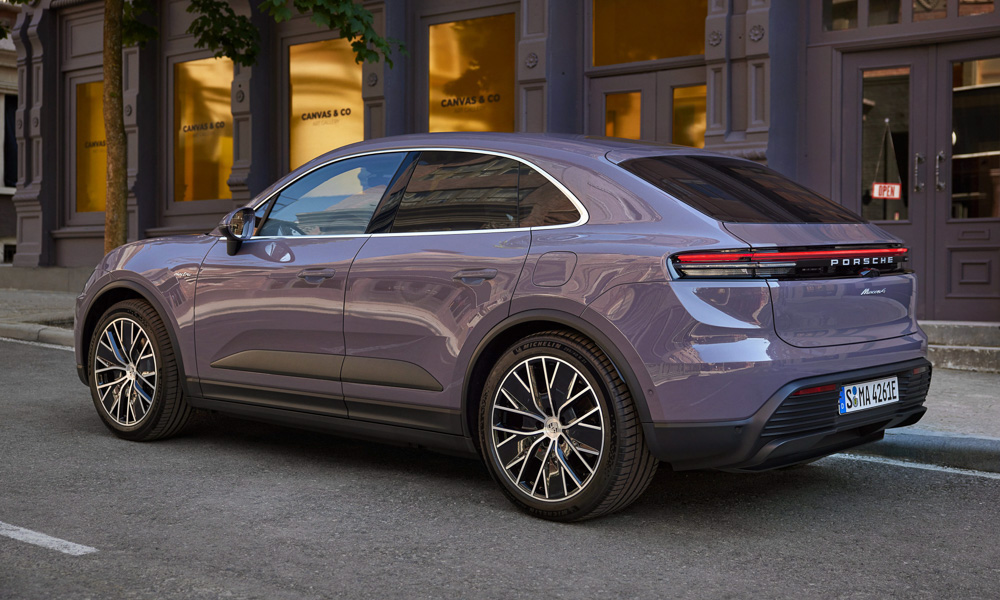
Porsche design vice president of Michael Mauer says the team behind the Macan had three guiding principles for the new generation’s design: tension, purpose, and focus. A Porsche has to elicit a very strong emotional reaction even when you’re just looking at it.
The shallow pitch of the bonnet and the very pronounced front fenders give the entry-level SUV—which is 4,784mm long, 1,938mm wide, and 1,622mm high—a very sporty and aggressive image. Mauer says they improved the width-versus-height ratio to give it a more dynamic look.
Strongly pronounced shoulders give the rear a hunkered, muscular physique. The Porsche logo now sits in the center of the sculptural 3D light strip spanning the entire rear end.
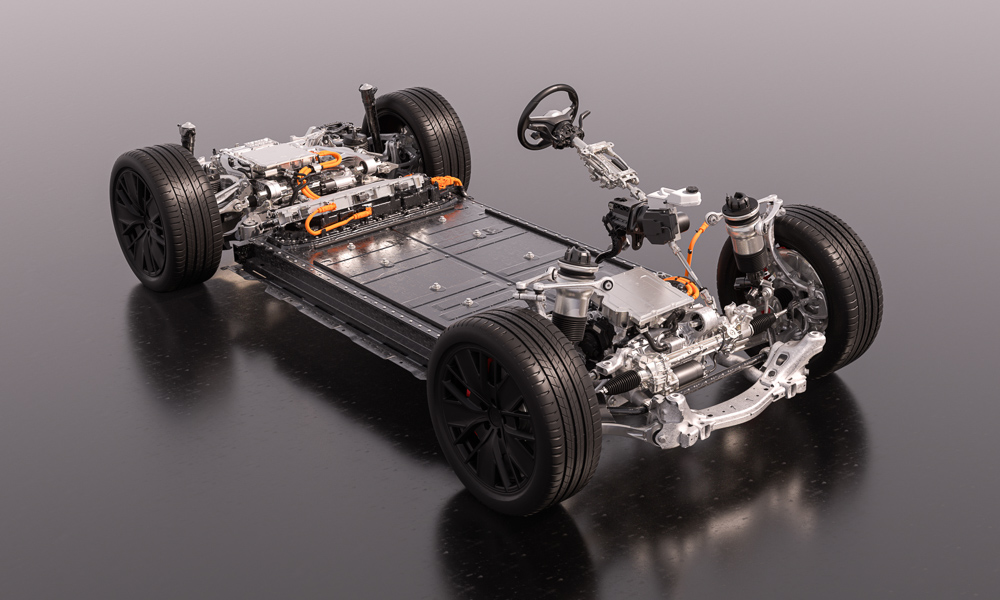
Let’s talk numbers: Proprietary 800V battery and charging technology allow as much as 270kW charging for its 100kWh battery. That translates to a 22-minute charge from 10% to 80% capacity.
It can use 95kWh or 95% of its total battery capacity (conventional technology sees only 80% capacity utilization) to deliver amazing range. An 11kW AC charger is possible for home use as opposed to most that only allow up to 7.4kW of AC charging.
Just how much range is available? The Macan Turbo can provide as much as 591km in between charges, while the entry-level Macan 4 delivers as much as 613km of range. All this is made possible in part thanks to Porsche’s all-new Premium Platform Electric (PPE), a dedicated platform for Porsche EVs.
Plus, the Integrated Power Box module is composed of the AC charger, the high-voltage heater, and the DC/DC converter that manages power efficiently.
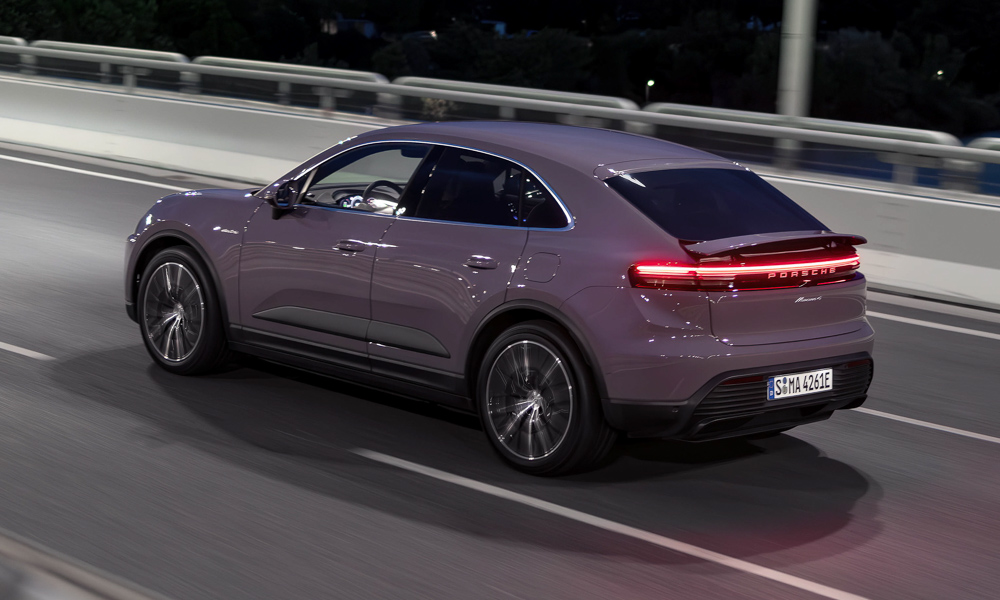
The Macan is also blessed with a 0.25 drag coefficient, more than a 10% improvement from its predecessor that, according to the boffins at Weissach, helps provide as much as an additional 100km of range.
An active rear wing, active intake flaps, vents plus a sealed underbody help make the Macan as slippery as possible. This also allows the Macan to recover as much as 240kW while driving, particularly during braking.
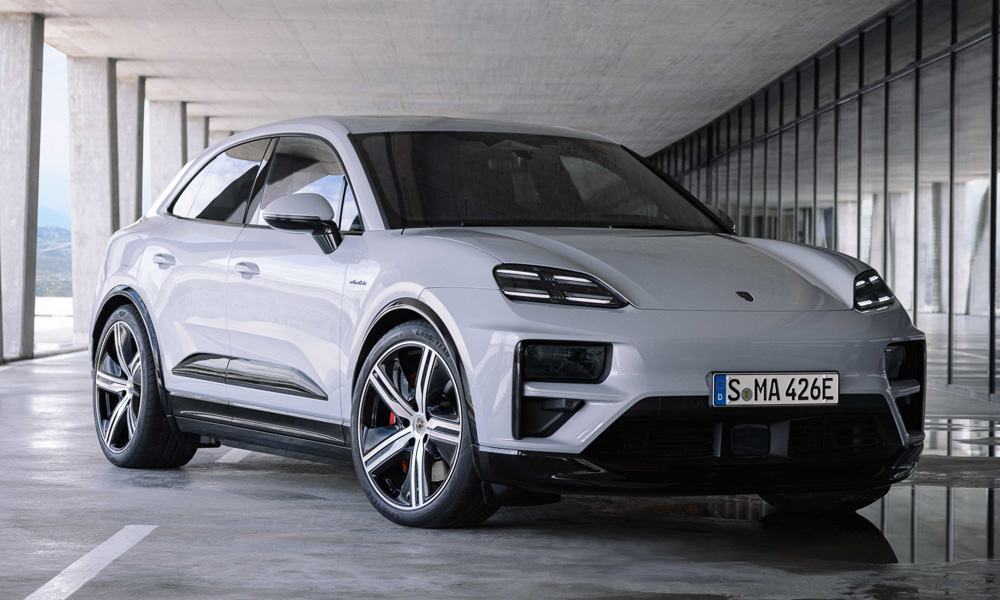
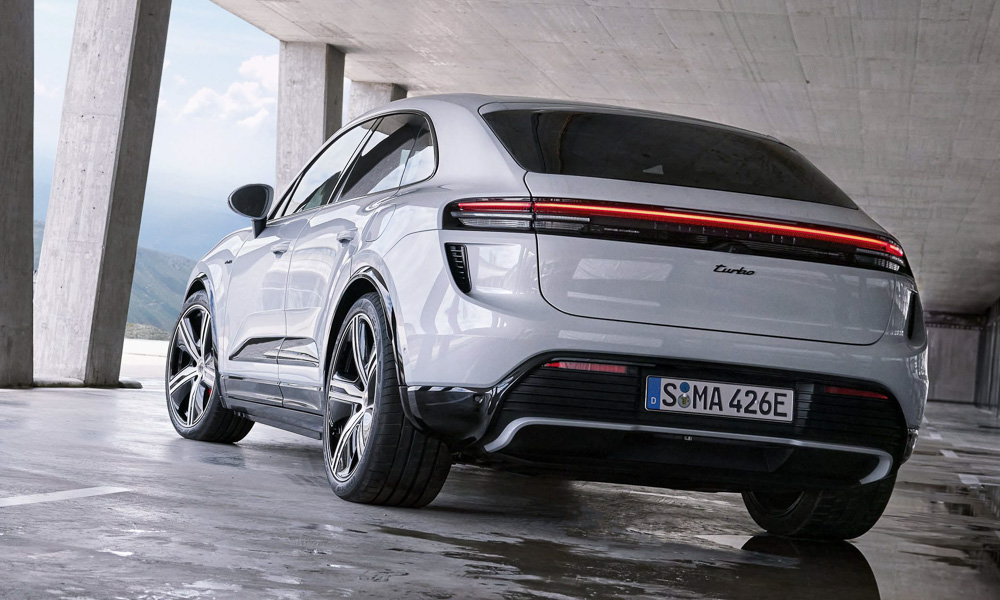
Of course, Porsche puts great emphasis on performance.
The top-variant Macan Turbo outputs an impressive 630hp and a gravity-escaping 1,130Nm, allowing the sprint to 100km/h from rest in 3.3 seconds (on the way to a 260km/h top speed). And it even has a two-ton towing capacity.
The base Macan still offers an impressive 403hp and 650Nm, sprinting to 100km/h from rest in 5.2 seconds, all the way to a 220km/h top speed.
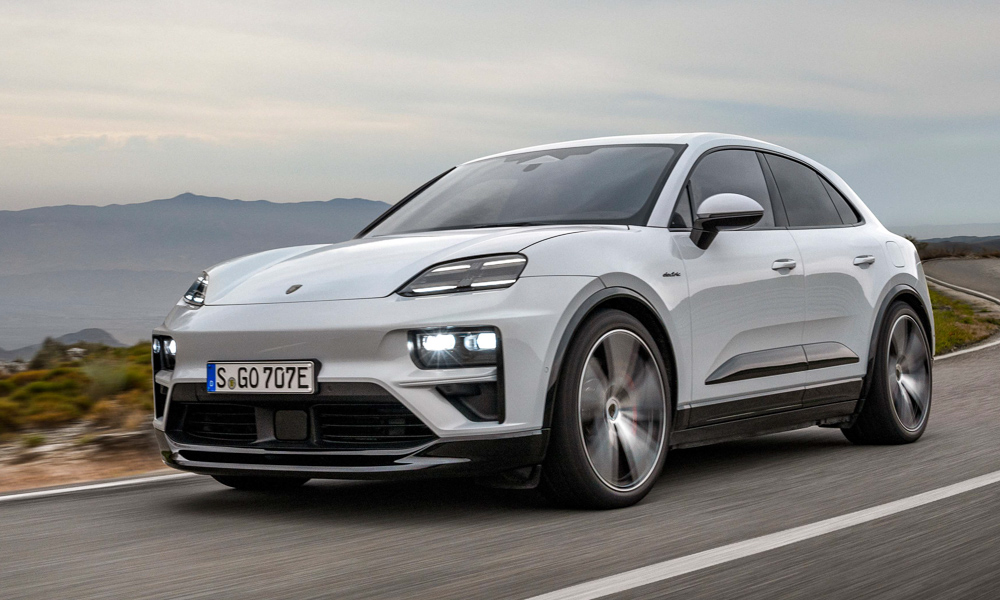
Porsche Traction Management (ePTM) is standard for both variants, reacting as quickly as 10ms to detect and quell slip and delivering unmatched traction regardless of surface. Porsche Torque Vectoring is standard on the Turbo, providing eye-watering cornering ability.
Two-valve height-adjustable air suspension on vehicles equipped with Porsche Active Suspension Management (PASM) gives a far wider damping map to differentiate between comfort-oriented and sport-tuned suspension feel. Macans with conventional steel springs can also benefit from PASM.
Rear-wheel steering is available, with up to 5° of rear wheel angle, thus giving a tight 5.55m turning radius and unmatched maneuverability on the move.
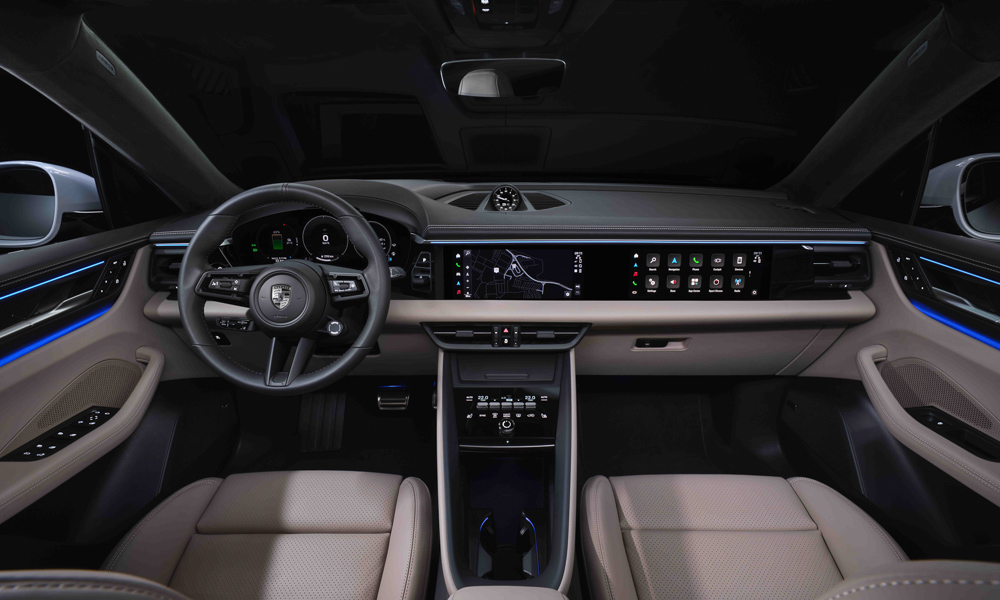
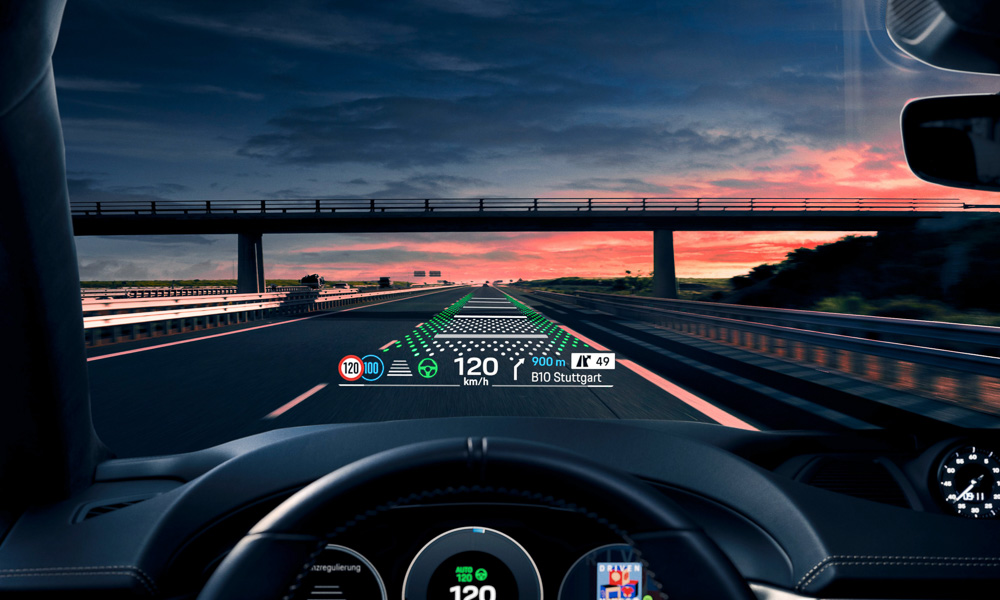
Inside, Mauer also insisted on a low seating position, just like a sports car that is at the heart of the Porsche DNA. The driver can sit as much as 28mm lower than its predecessor for a sportier, more secure driving position. As the world becomes more connected—and the Macan becomes more popular with female drivers—it also needs to become a smart device.
Thus, the new Macan is a tech-laden machine. A 12.6-inch curved instrument display and a 10.9-inch infotainment system give a panoramic eye view for the driver to tell him everything he or she needs to know about the Macan while driving.
There’s also an optional heads-up augmented-reality display and the ability to download third-party apps directly into the Macan’s operating system. High-speed Internet in certain markets is also available.
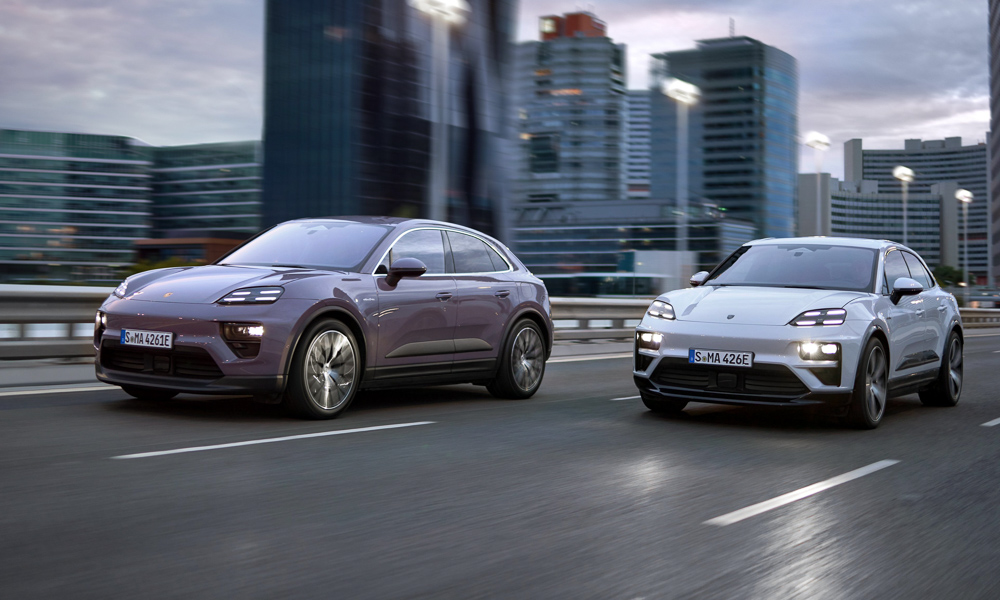
There is 540L of cargo space in the back, with an extra 84L in the front trunk. Drop the rear seats and the capacity expands to 1,348L. That’s 13L more than the previous model.
Overall, the Macan and the platform it is built on are the most heavily tested vehicles from Porsche. In the last few months alone, the development team logged in a collective 3,500,000km before the launch.
The Taycan has already sold over 140,000 units since its launch five years ago as a niche EV model.
Indeed, Porsche has high hopes for the new electrified Macan being a true volume-seller for the brand, with 80% of Macan buyers in the past being first-time Porsche owners. This just might be the one to win over even more car buyers into the electric fold.

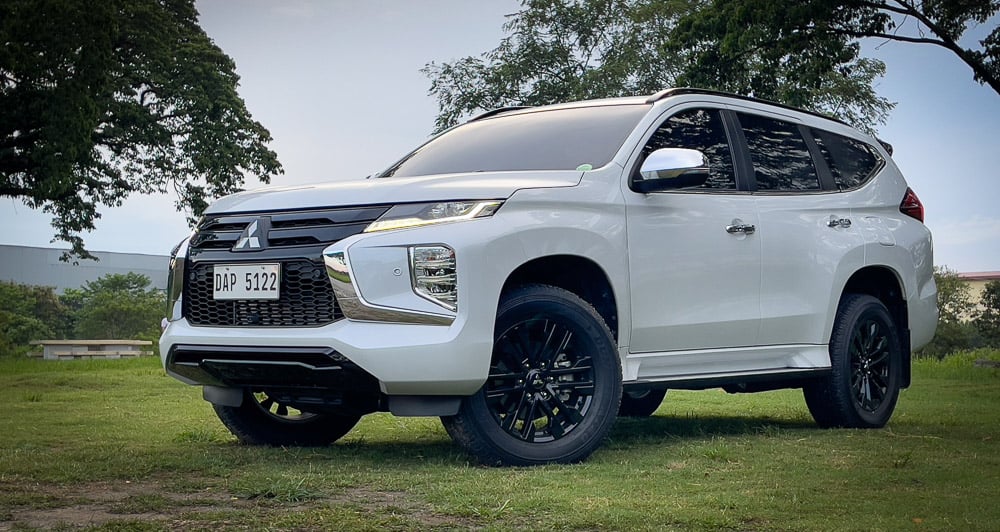
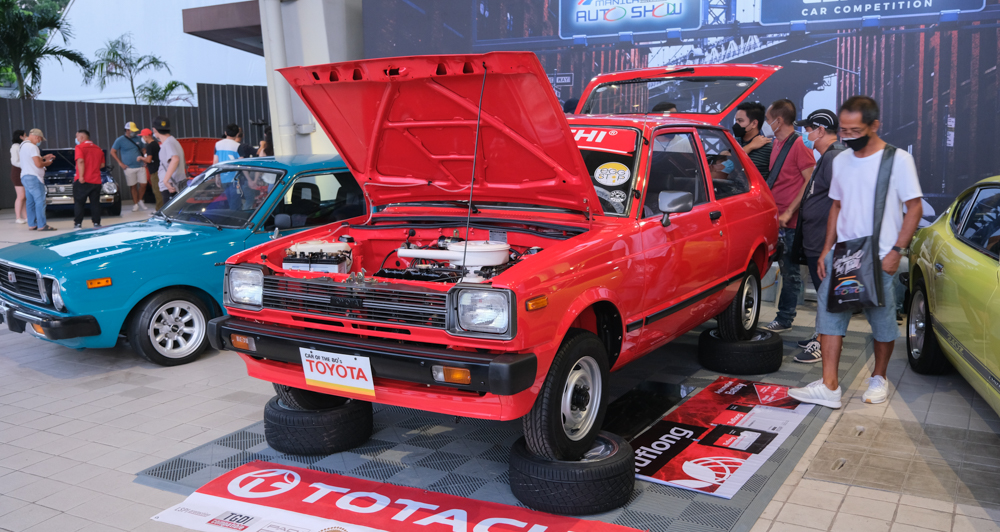
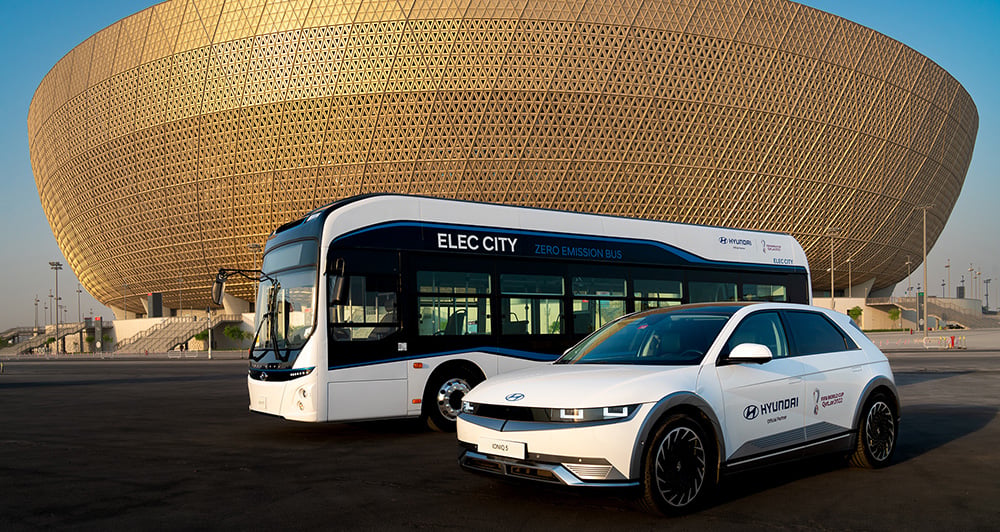
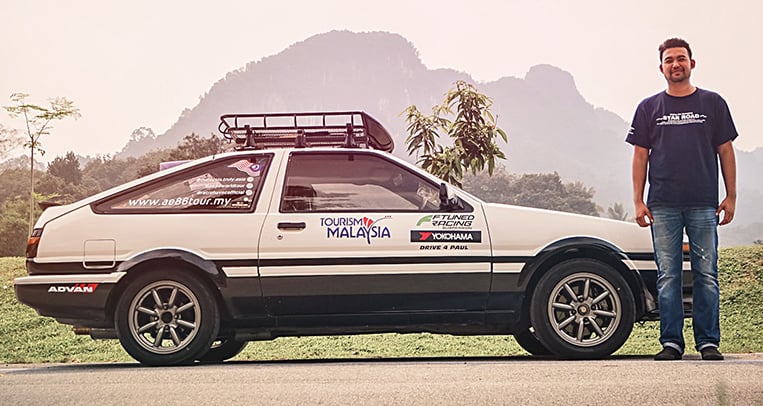
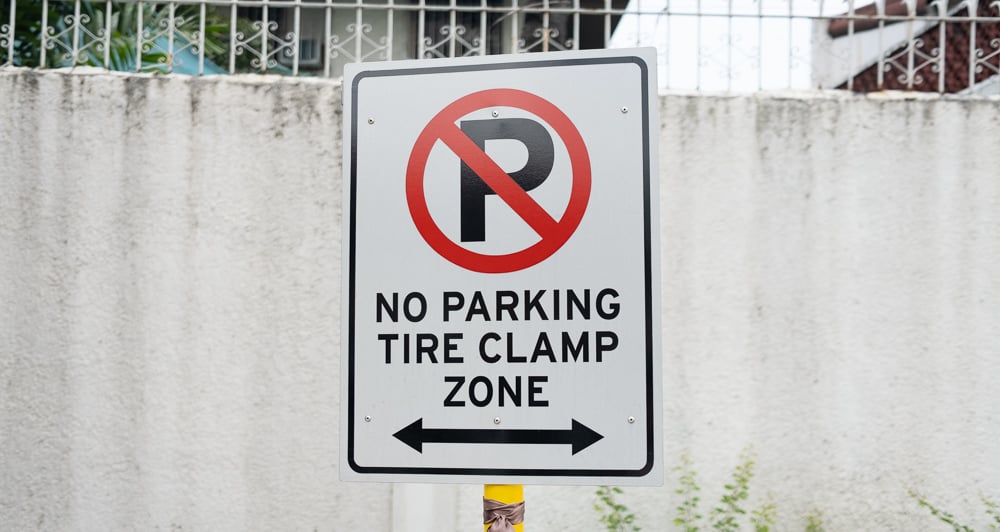
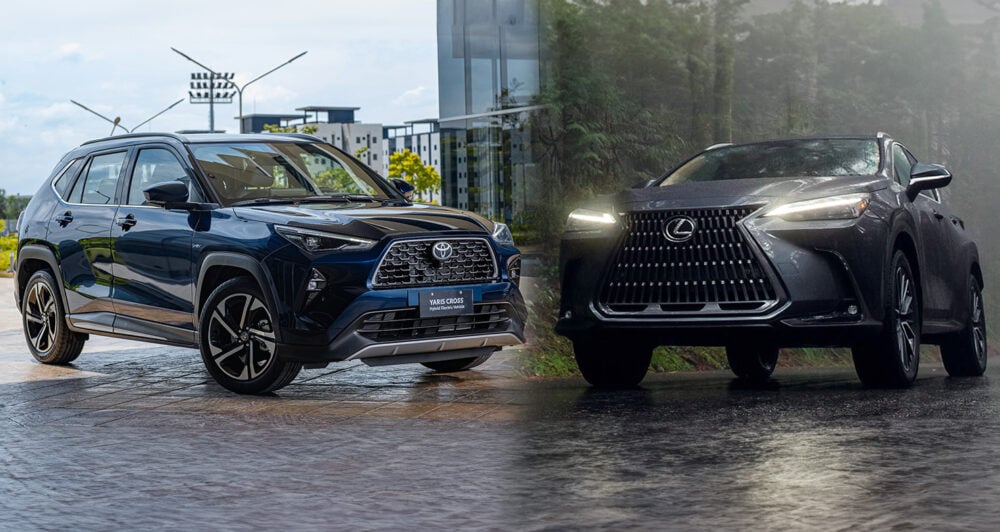

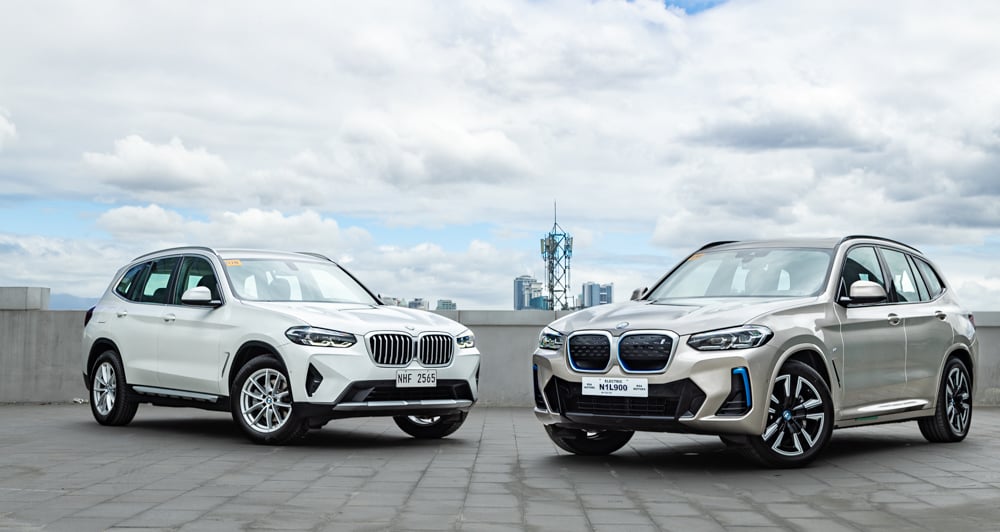
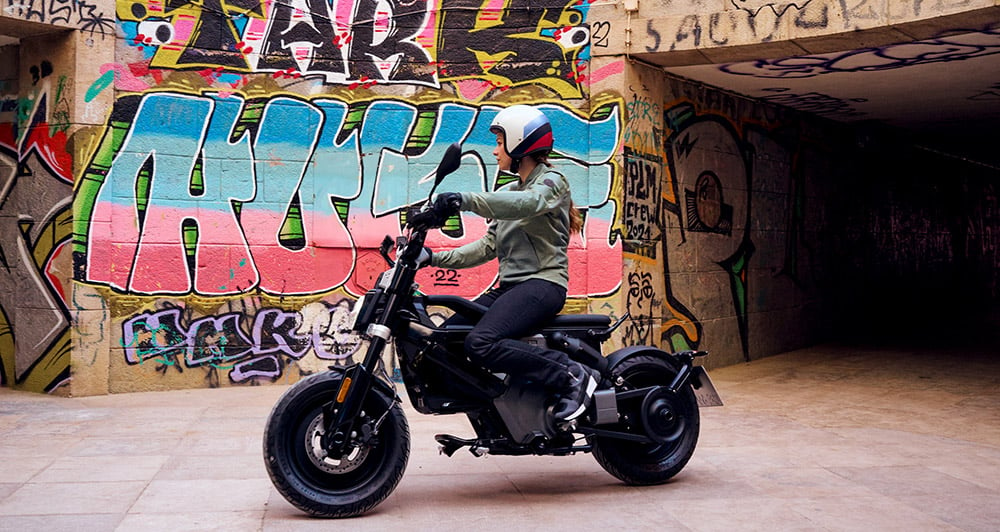
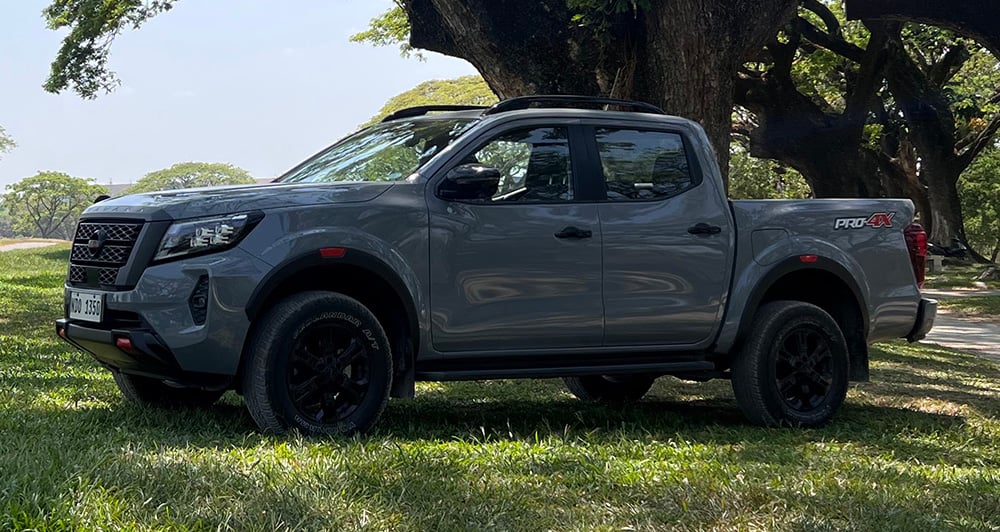
Comments